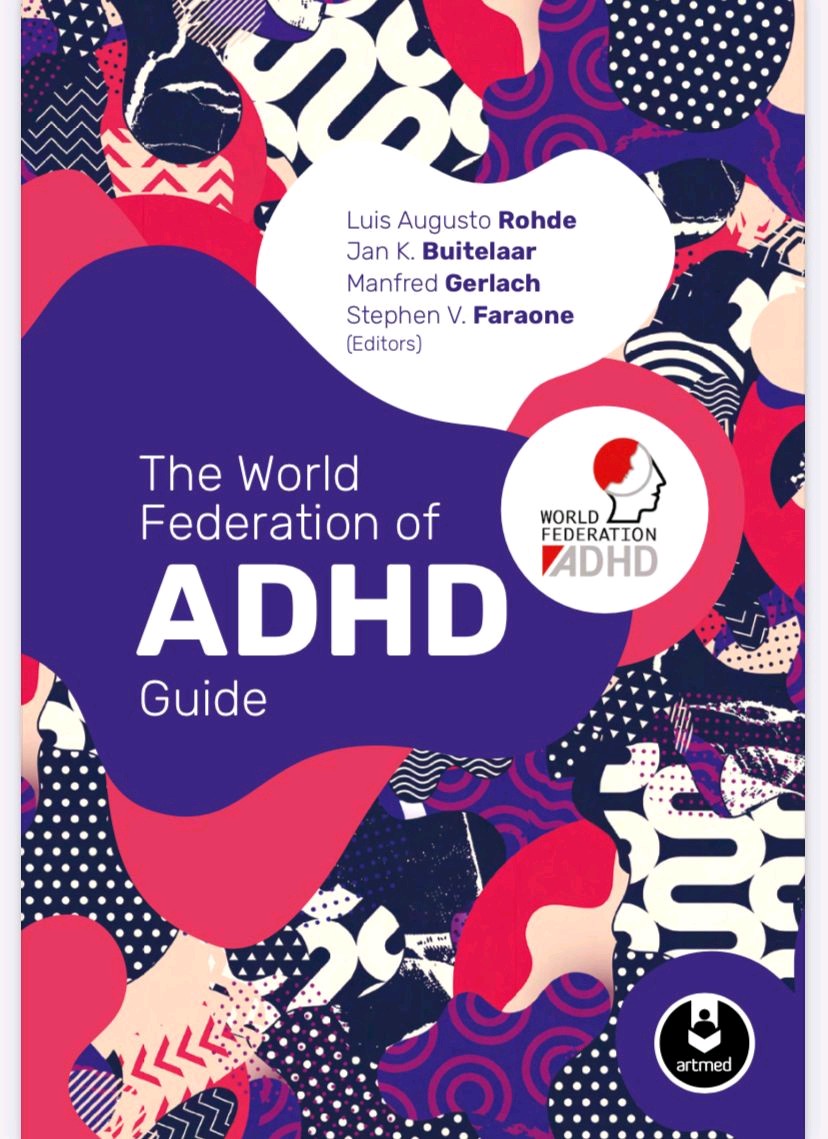Autism Spectrum Disorder and ADHD with The Low Dose Naltrexone
Endorphins and Autism
Some researchers have suggested that excessive opioid activity in autistic children causes them to engage in repetitive “self-stimulatory” and self-injurious behaviours to further stimulate the pain-induced release of endogenous opiates. This hypothesis resulted in many trials using the opioid antagonist naltrexone. The action of naltrexone is to block opioid receptors thus creating a rebound effect of increased endorphin release, which in turn modulates the immune response, reducing cytokines and so reducing inflammation.3
In several of these trials naltrexone helped to increase socialisation, eye contact, pain sensitivity and a decrease in self-injurious/stimulatory behaviours. Endorphins are not the only neurotransmitters thought to be involved in autism, serotonin and dopamine are also found in abnormal concentrations which are likely to contribute to the condition.4
The use of Low Dose Naltrexone for children with autism spectrum disorders was studied in the 1990’s with researchers using from 5 mg to 50 mg daily. Many researchers noted better results with lower doses.
While not presenting the ultimate answer in the treatment of autism, naltrexone is shown to help alleviate some of the symptoms modulated by endogenous opioids.
ADHD and Low Dose Naltrexone (LDN)
How about ADHD in an adult, and at what doses? Absolutely! I mean if it works in children, we might not use it in adults. We would still use typical dosing that we would use for pretty much anything else. You could start anywhere from 0.5 to 1.5, slowly increase the dose, and then top out at the maximum of 4.5 once a day. Not everybody gets to 4.5, and again that’s where working very closely with your medical professionals is going to help you find your happy dose.
https://ldnresearchtrust.org/adhd-and-low-dose-naltrexone-ldn


